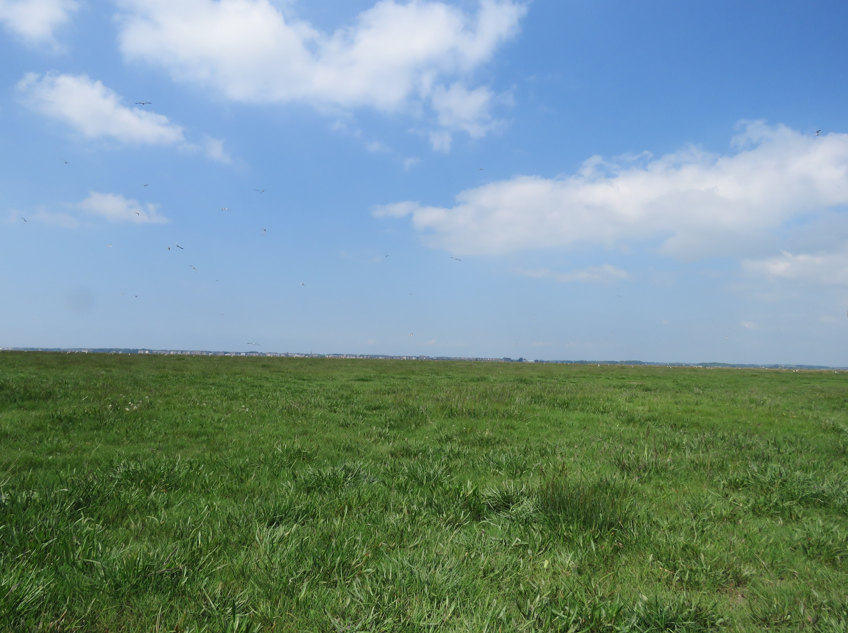Understanding bird-strike risks to aircraft – Ribble
Species: Lesser Black-backed Gull
Building on projects exploring the movements of Lesser Black-backed Gulls from colonies at Orford Ness on the east coast of England, at Skokholm Island in southwest Wales and South Walney in northwest England, a further project was initiated in 2017 at the Ribble Estuary.
The site forms part of the Ribble and Alt Estuaries Special Protection Area (SPA) on the Lancashire coast in northwest England (53°42’N, 2°59’W). In contrast to the situation at the previously studied colonies, numbers of Lesser Black-backed Gulls at the Hesketh and Banks Marshes colony on the Ribble Estuary have recently been increasing, from 4,100 Apparently Occupied Nests (AONs) in 1998-2002 to around 8,500 Lesser Black-backed Gull AONs in 2015.
While the main focus of the previous studies has been on the potential interactions between Lesser Black-backed Gulls and wind farms through the year, the primary focus of the study at the Ribble is in the possible risk of bird-strikes to aircraft operating from a local aerodrome. The project will aim to obtain a detailed understanding of how much time the gulls spend around the airfield and at risk height.
Data from the study are also contributing to a PhD investigating differences in the ecology of Lesser Black-backed Gulls from protected site and urban colonies.
Contact Persons:
Chris Thaxter, British Trust for Ornithology chris.thaxter@bto.org
Niall Burton, British Trust for Ornithology niall.burton@bto.org
Willem Bouten, IBED-UvA w.bouten@uva.nl




